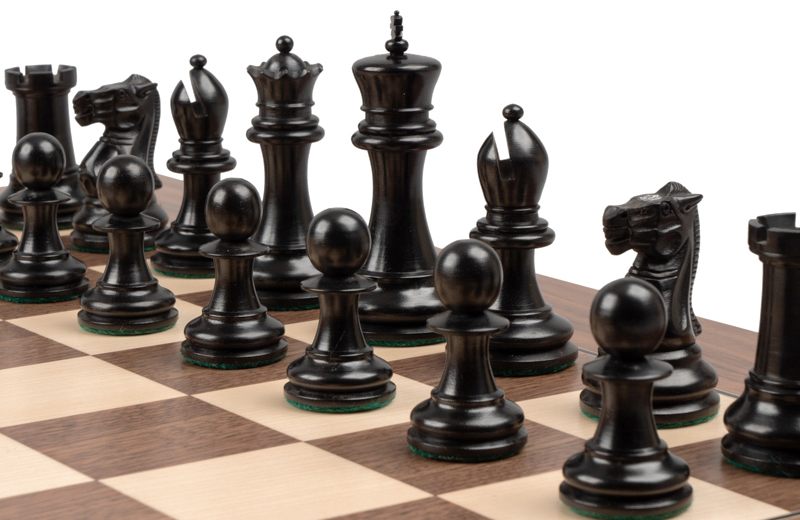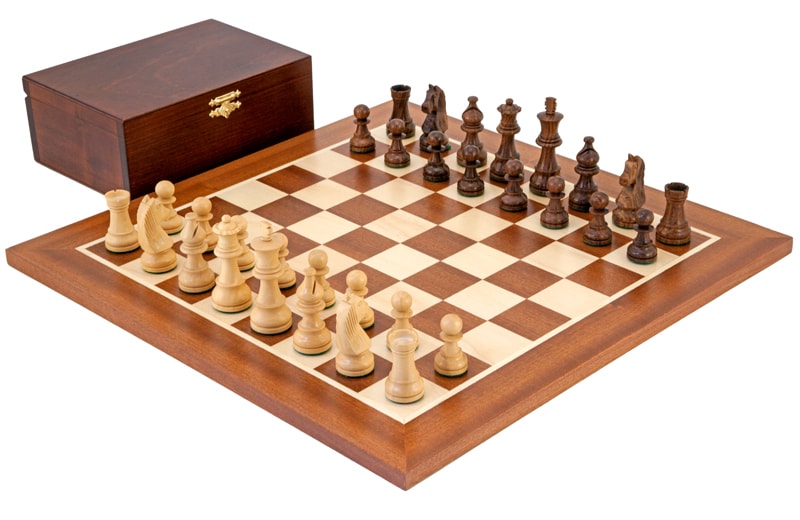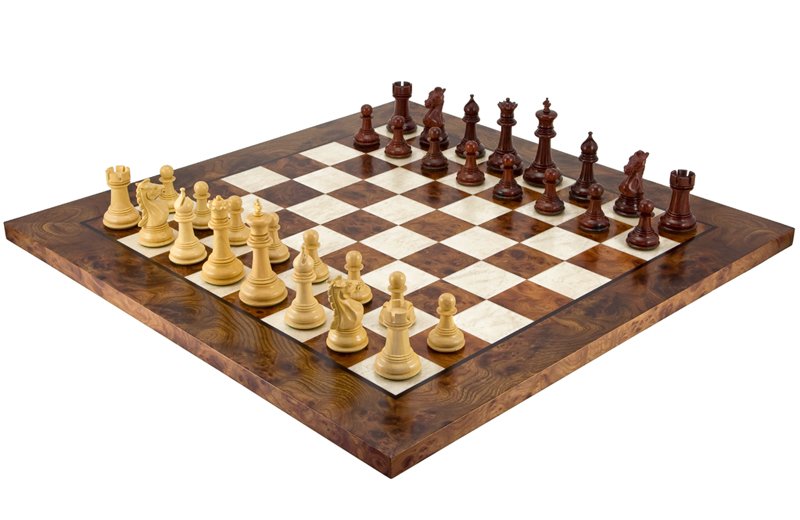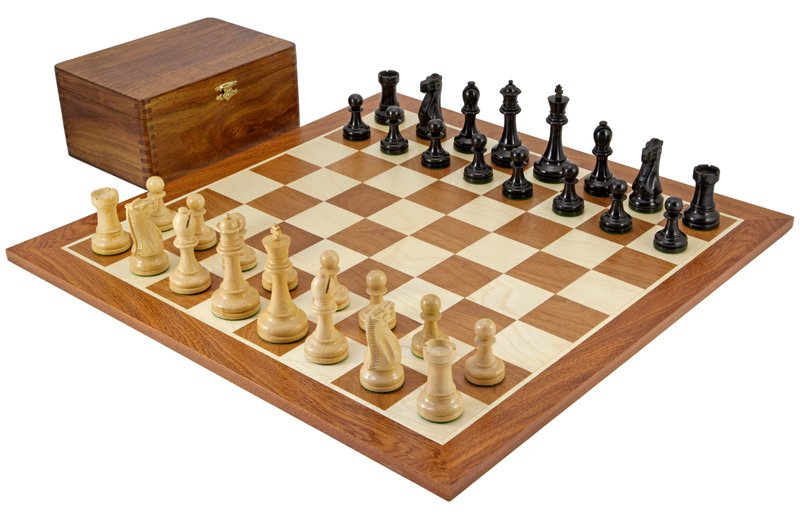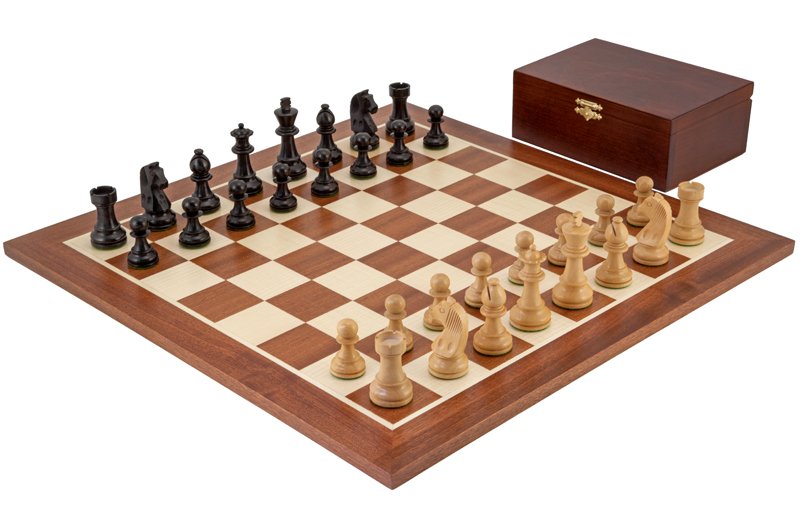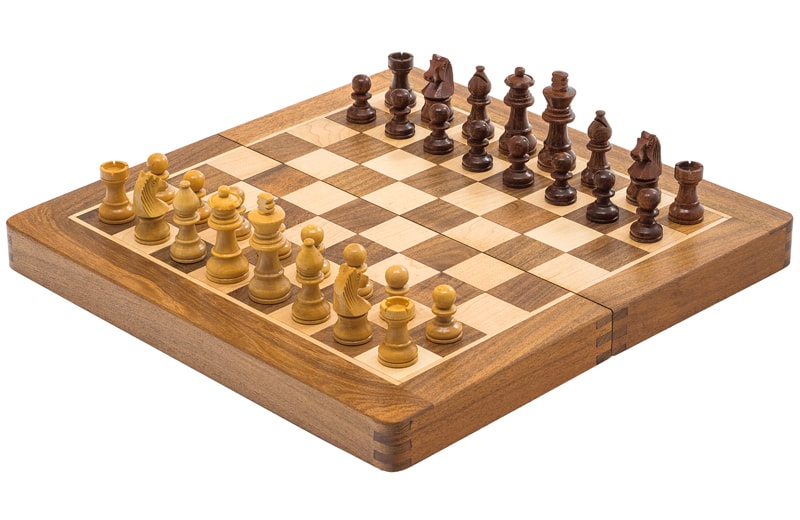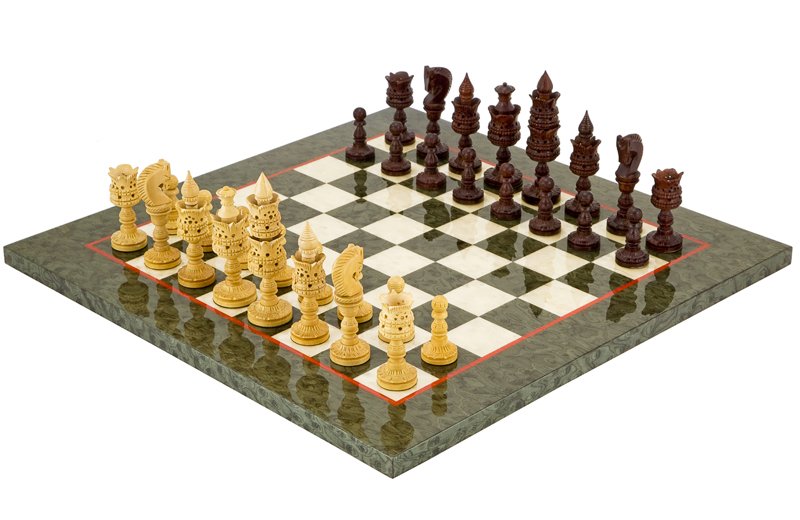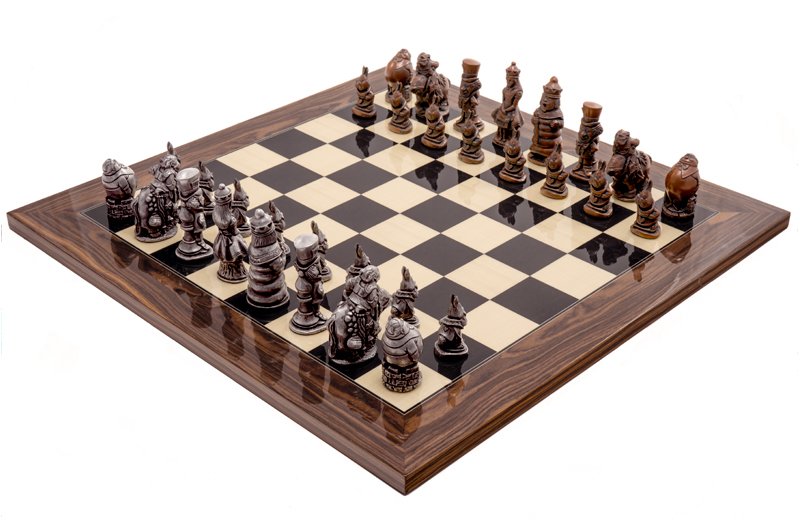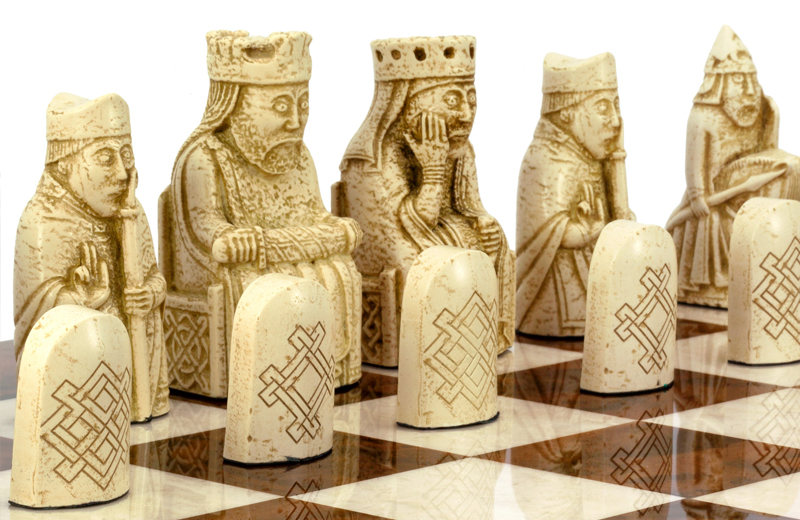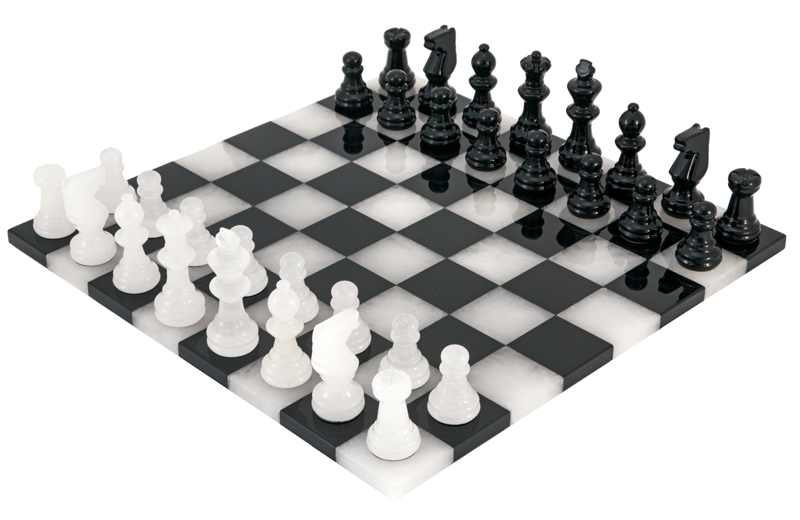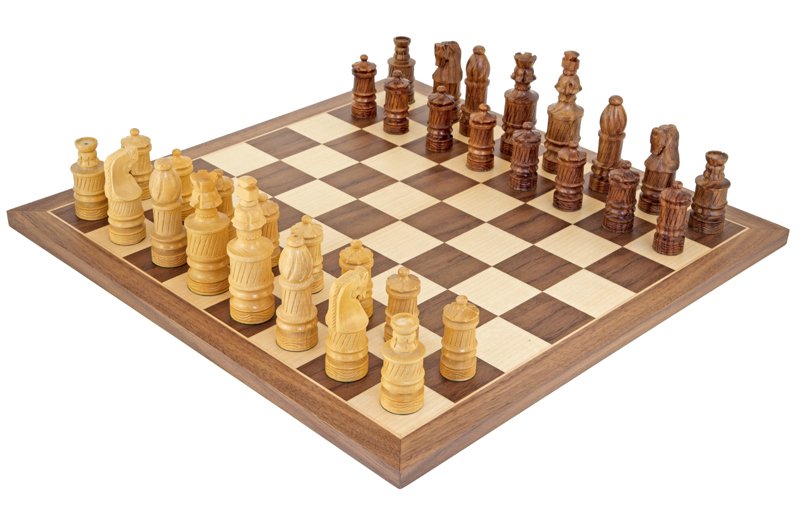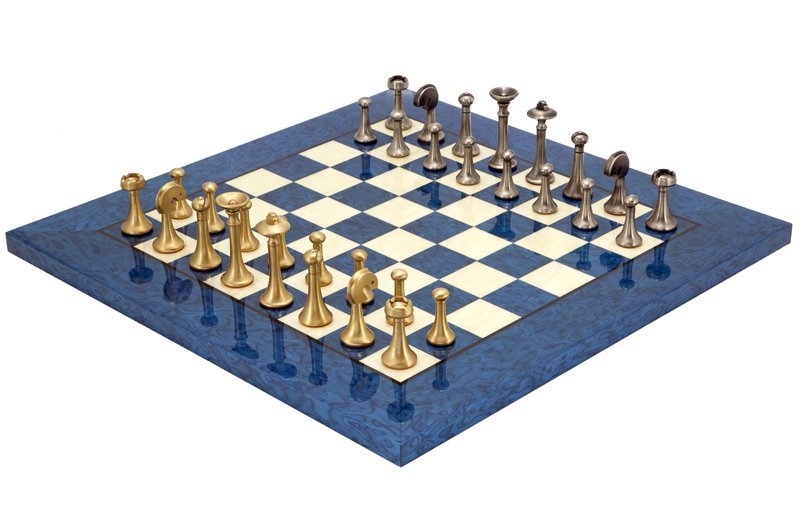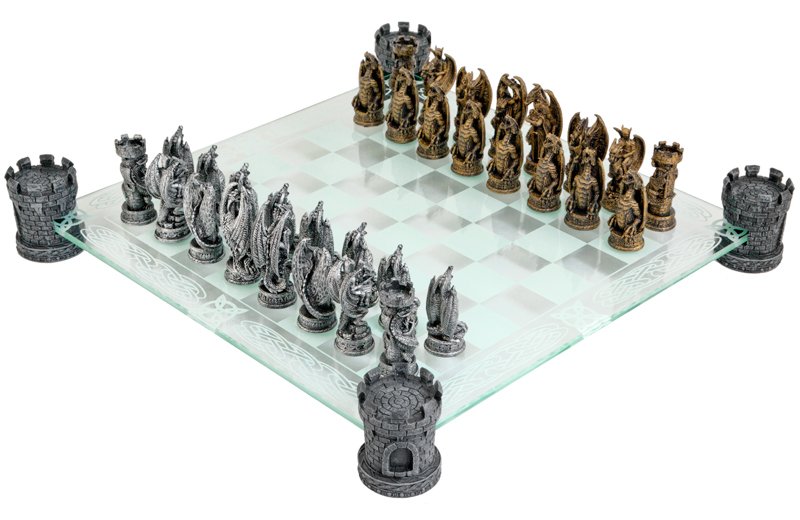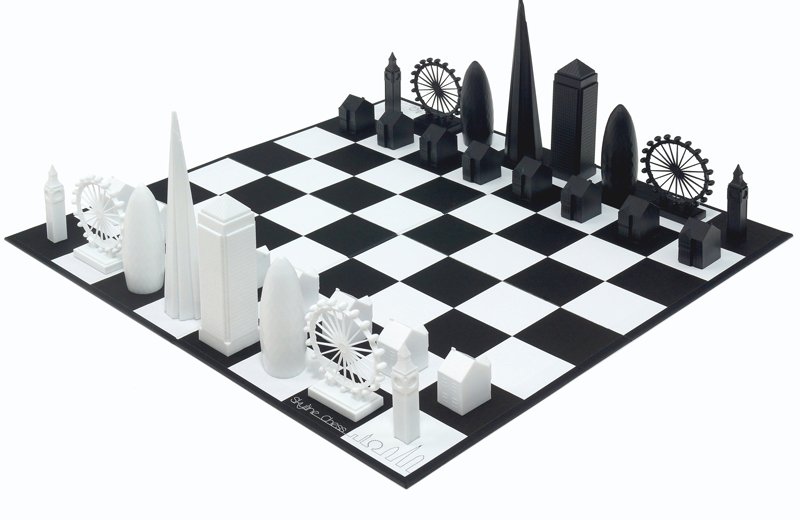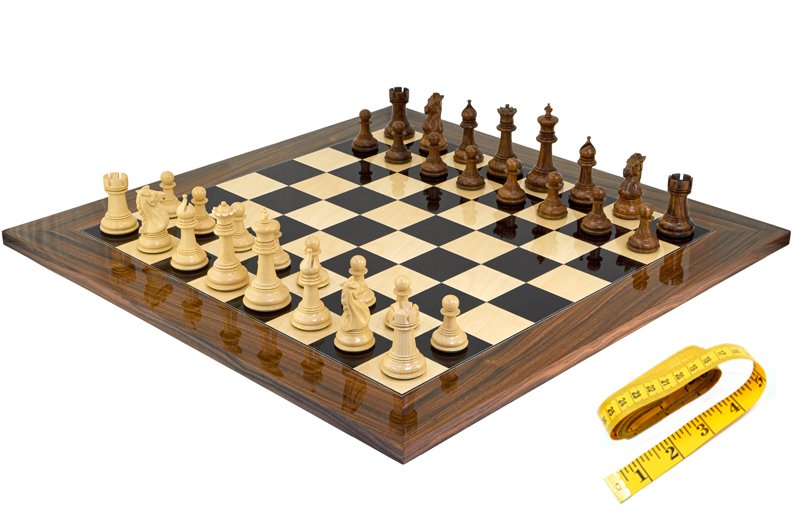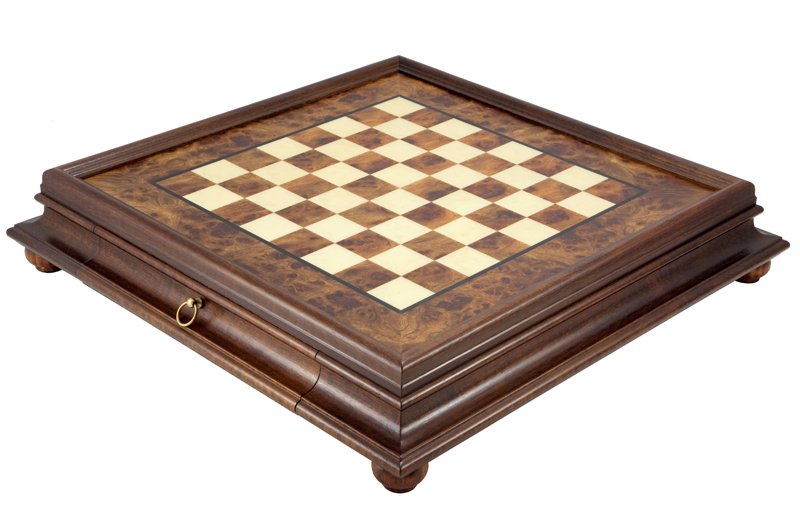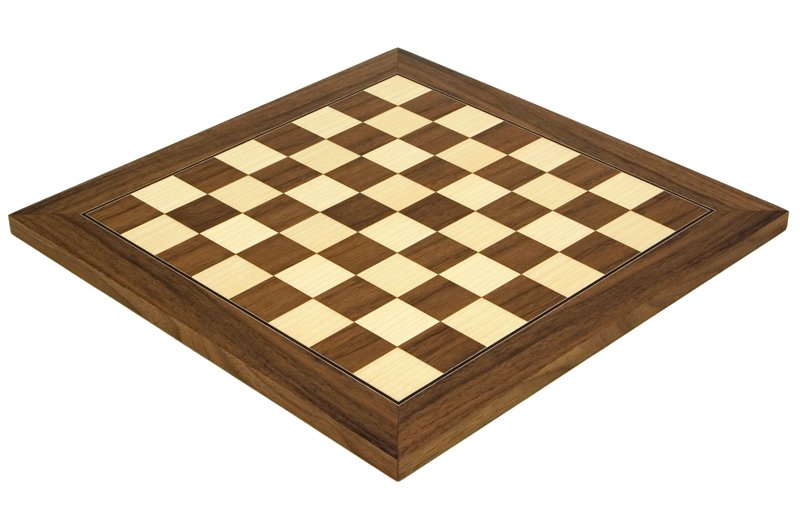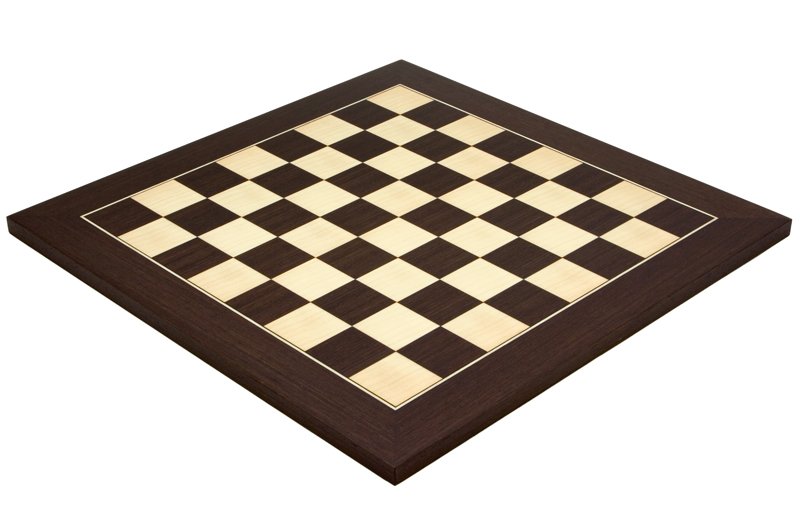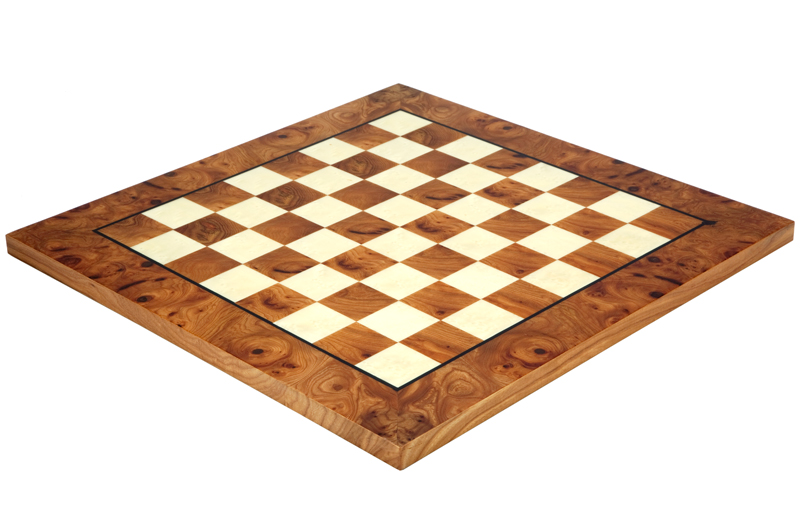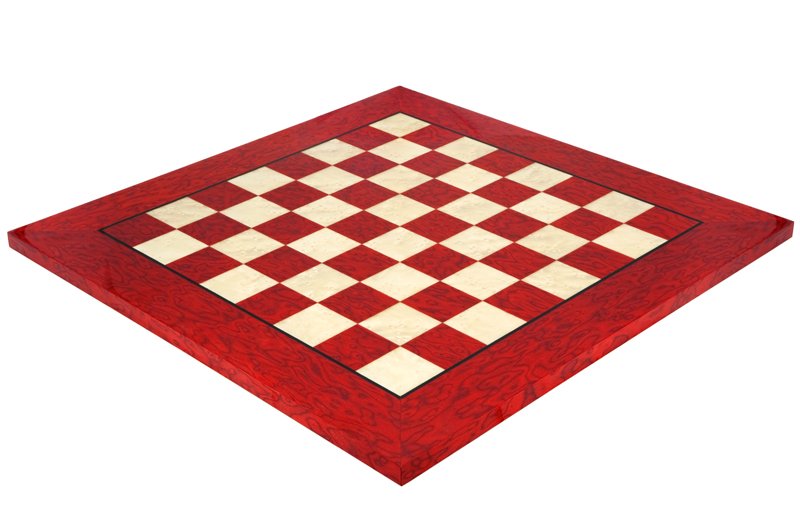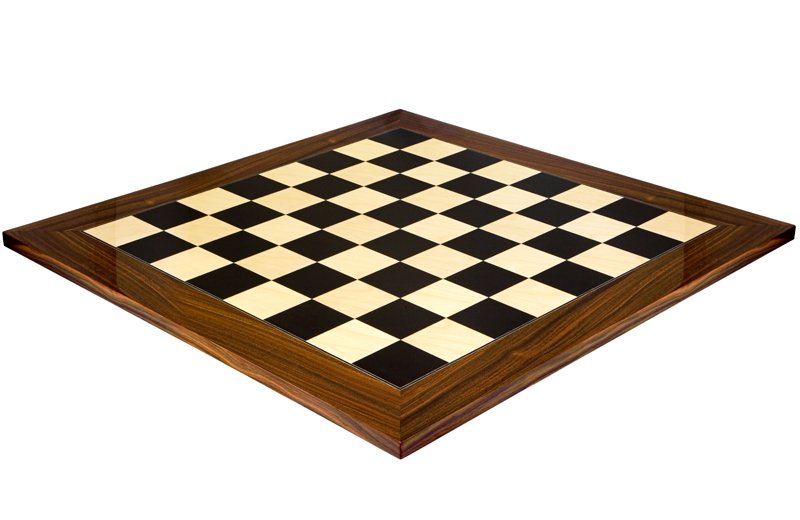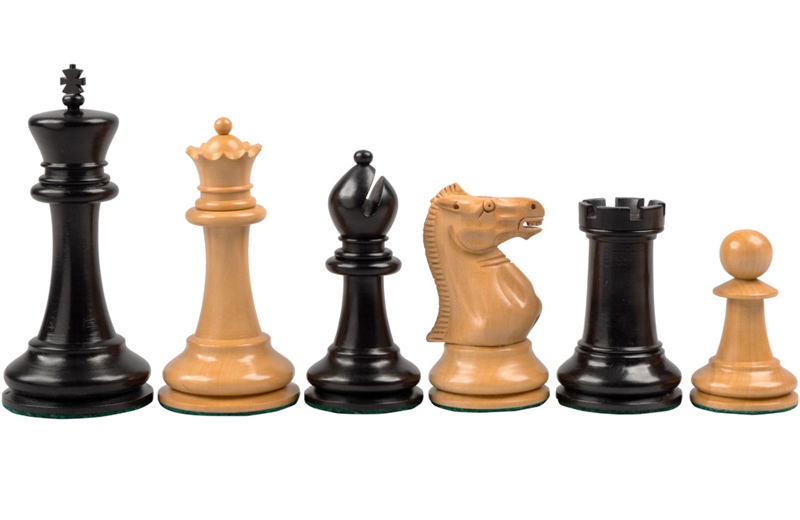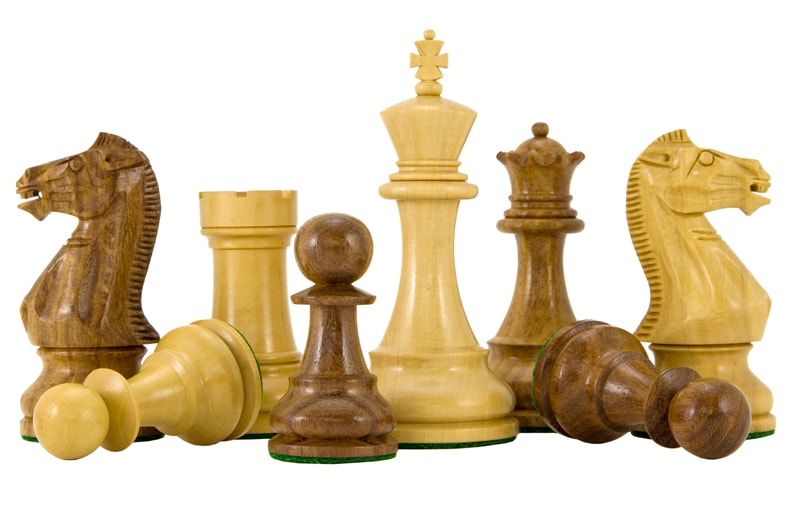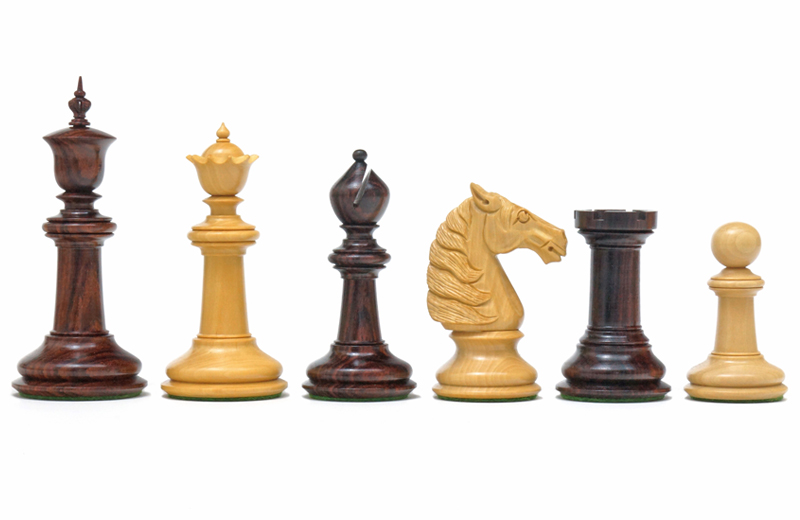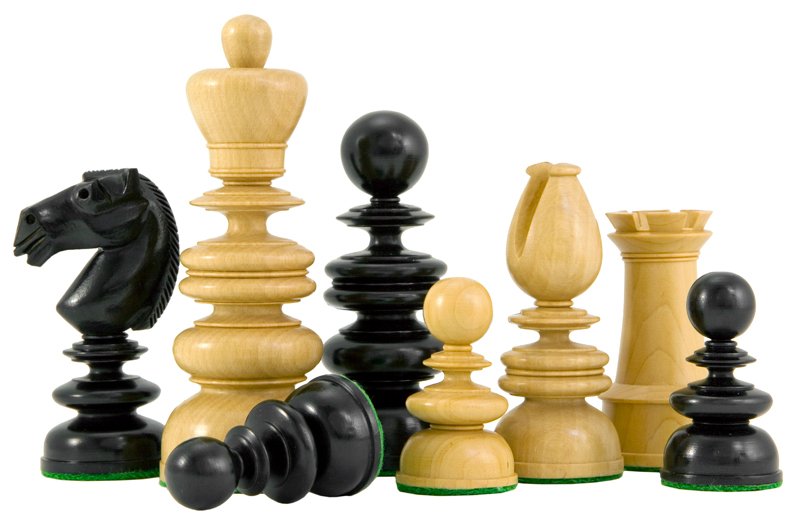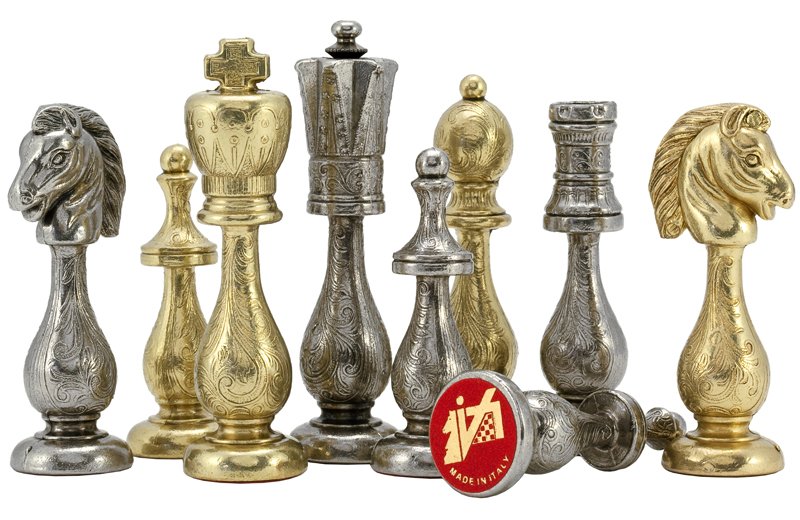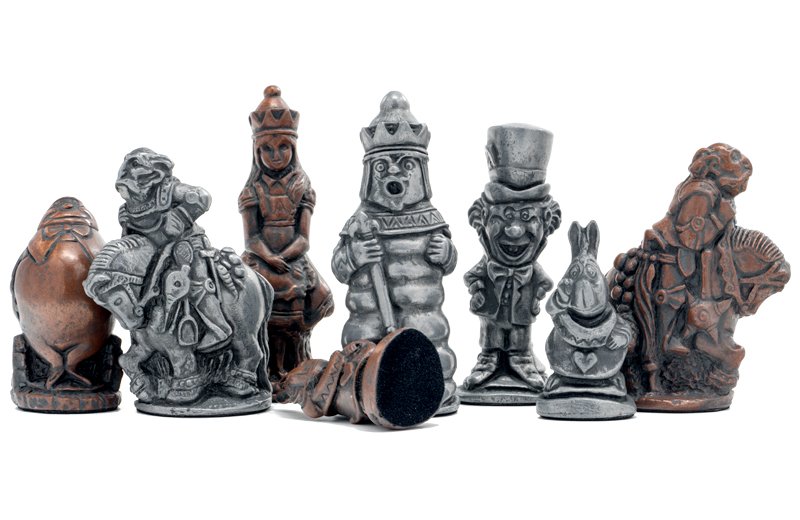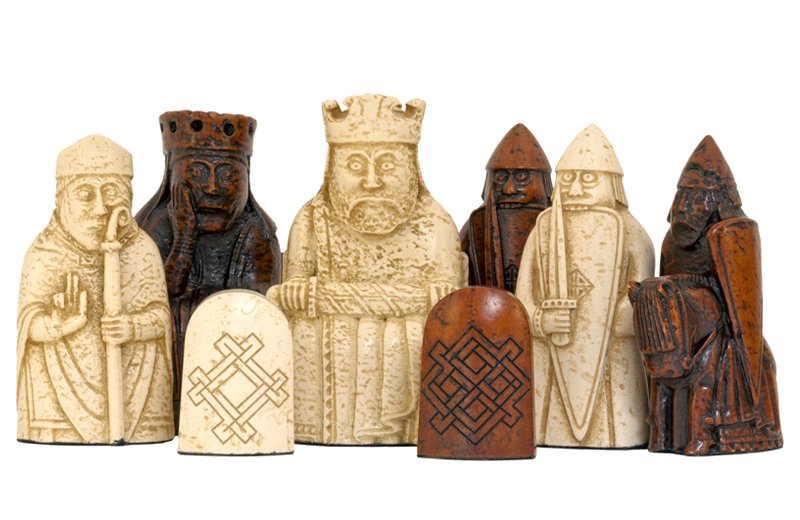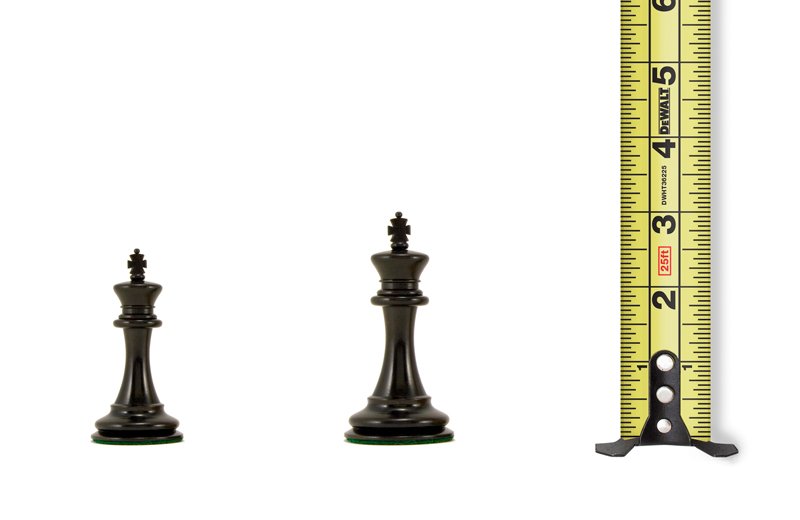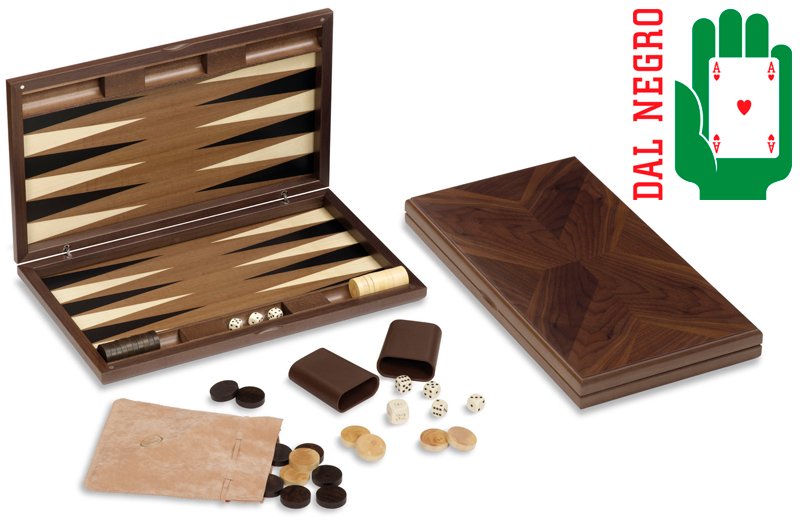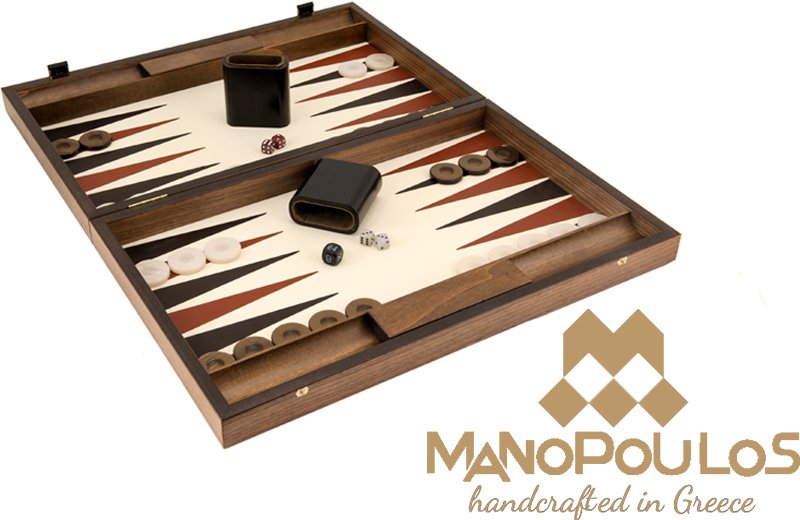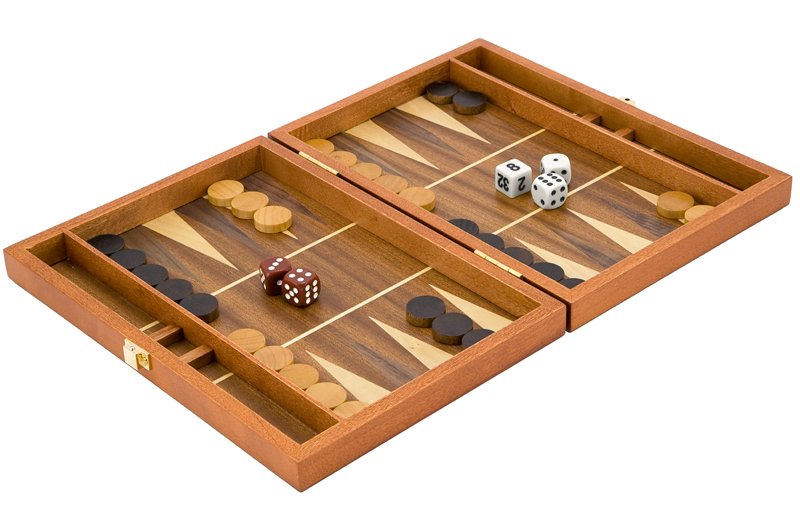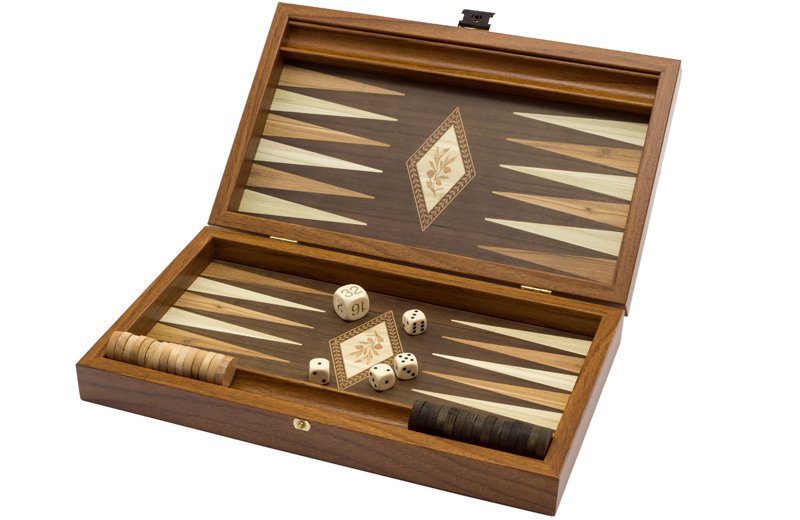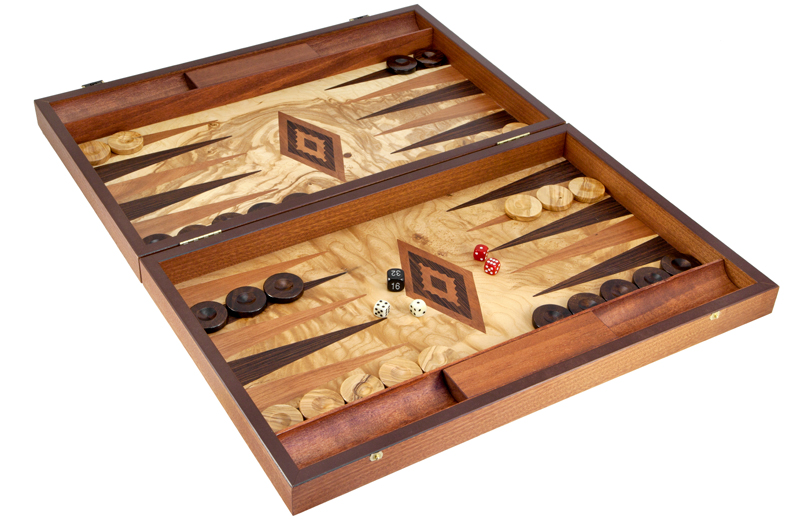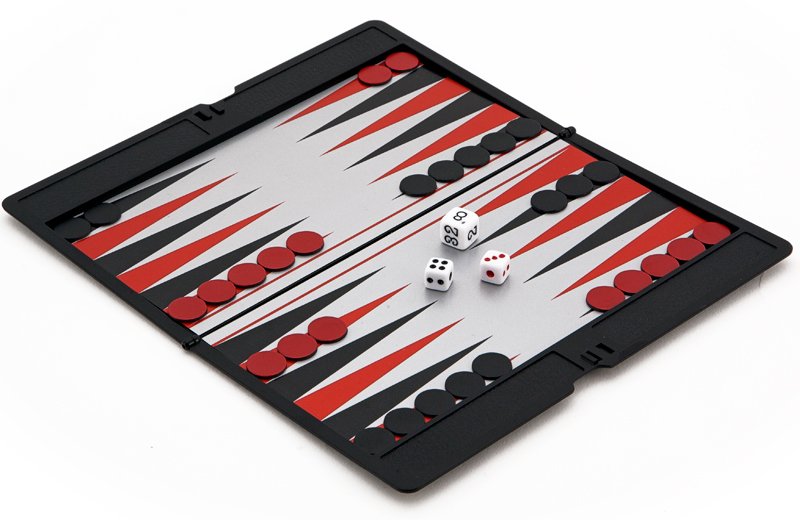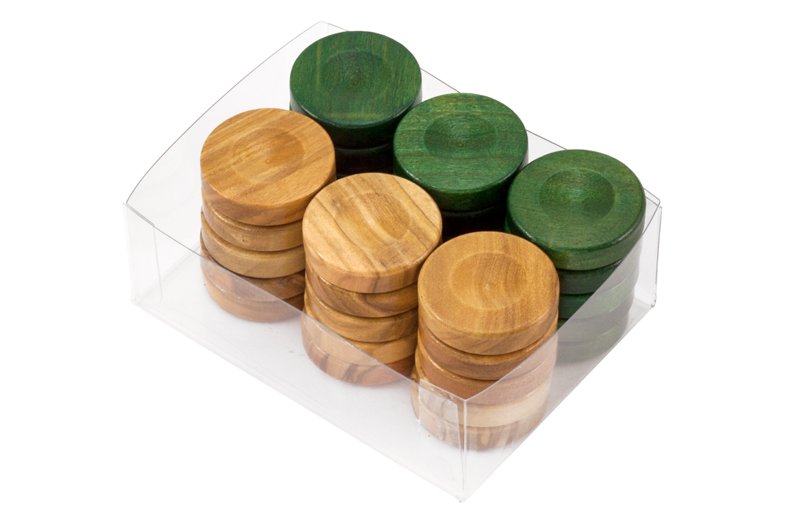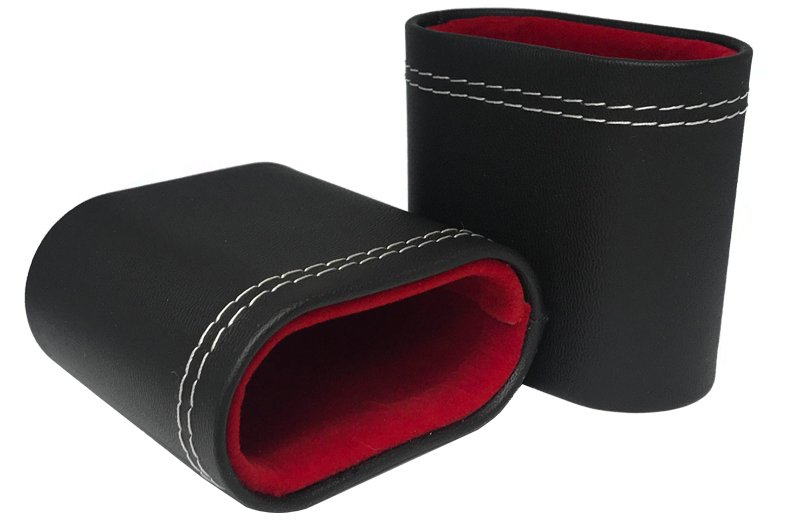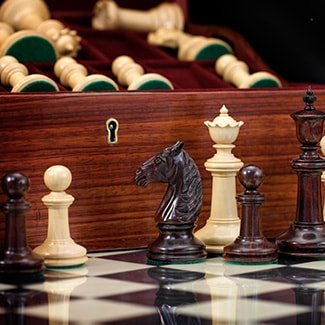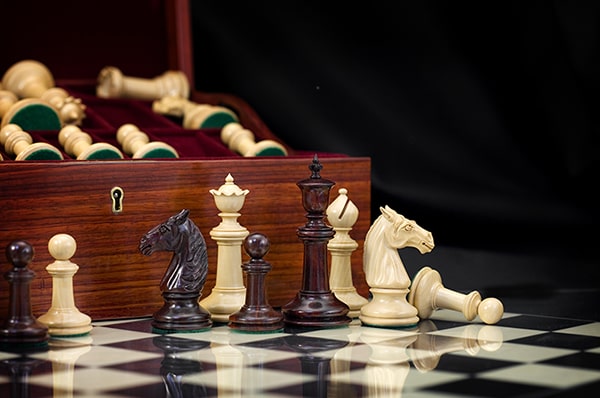The history of the Royal Game of Ur is ambiguous, and its rules are no less so. After centuries of divergent traditions and customs, the game has evolved into uncountably many formats and interpretations, but some elements are universal. We start with the board: a novel-looking yet simple enough construction. Two disjointed rectangles are bridged by a middle section, with five of the board's twenty squares marked with a sort of star, which we call a rosette.
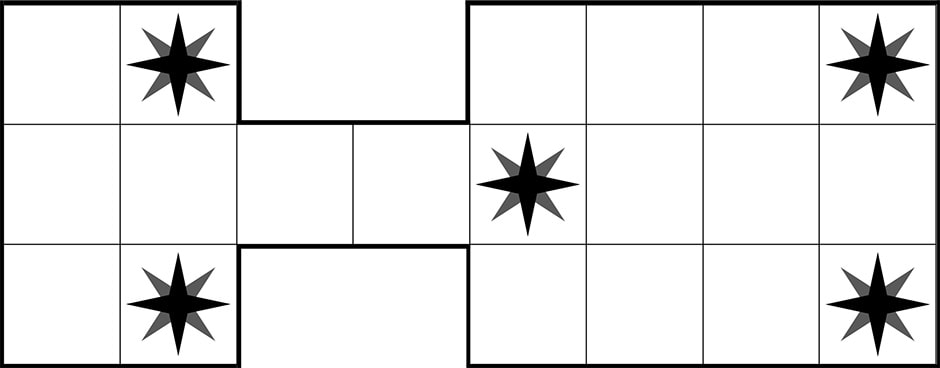
Accompanying this are fourteen counters, seven black and seven white, with each player moving their counters throughout the Ur board along symmetric paths: say, the black following the red path, the white the pink. Three dice are used to determine the increment of each move: each die is a pyramid with two marked vertices, equally likely to land with one marked vertex pointing upwards and to land with an unmarked vertex pointing upwards. For each die with a marked vertex pointing upwards, a score of one is added to the roll, unless none do so, in which case a score of four rather than zero is recorded.

Though Ur is most conventionally played along the sixteen square path above, some versions will extend the path back through the board or otherwise distort it. The other rules apply identically, so we consider the neat path illustrated above. The object is to move each counter onto, along, and off the board.
The game begins with whichever player rolls higher.
To start, and more generally whenever a player's pieces are all off the board, a counter is moved the rolled number of squares along the path from, with, for example, a one landing the player on the first square. Otherwise, the player may move a counter onto the Ur board, or move one already on it, according to the provisions that the moved counter:
- may not land on any square occupied by another of their own counters;
- may not land on a rosette occupied by an opponent's counter;
- may land on any other square occupied by an opponent's counter, thereby evicting it from the game, whence it will need to start afresh;
- may leave the board only with the exact number of moves (for example, if on the final square, strictly a one is necessary to move off the board).
A player may move if and only if it is possible to move a counter according to the roll; otherwise, the player's turn is skipped. Meanwhile, a further throw is granted whenever a counter lands on a rosette.
As with many royal games, the different variations may be enjoyed to alter the pace and dynamics of the game. We explore three particular adaptations of the rules: those of HJR Murray, the British Museum, and RC Bell.
HJR Murray
The path is extended: picking up from the end of the conventional path, the counter continues back inside and across the bridge and retraces its path towards the first square, forming a sort of loop of the edge, before leaving in the same way. 27 squares are traversed, with a 28th move off the board.
The rules proceed otherwise as in the original version.
British Museum
The British Museum attempted an innovation in the format in the 1990s, adapting the equipment and rules in such a way that usually makes for a briefer game. There are two changes to the equipment:
- an additional die is used, with a roll of four making for a score of four, and a zero for a zero (effectively a null turn);
- five counters are used rather than seven.
The path proceeds up to and including the eleventh square but goes one further to the edge, moving the full eight-square-length of the board. It then picks up the path of the original route, forming a path of 14 squares, with a 15th off the board.
RC Bell
The path is the same as that of the British Museum variant, which used the RC Bell format as a basis in this respect. With the same number of counters and dice as the original form, the rules are adapted more radically, with the dice changing such that:
- a roll of zero grants a move of four squares, plus an additional throw;
- a roll of one is a null turn;
- a roll of two grants a move of one square, plus an additional throw;
- a roll of three grants a move of five squares, plus an additional throw.
A betting component is introduced, with players competing for a central kitty where:
- a fixed sum is paid at the start of the game;
- a fixed fine is paid by a player whenever their counter lands on a rosette;
- the winner takes it all.
Moreover, the player can only move onto the board with a roll of three, moving onto the fifth square.
The rules and their variations may seem dry, and are best explored in playing, where further variations on the Royal Game of Ur may be improvised. Though the game is usually enjoyed with traditional pyramidal dice, coin flips or other binary random trials are equally effective.




